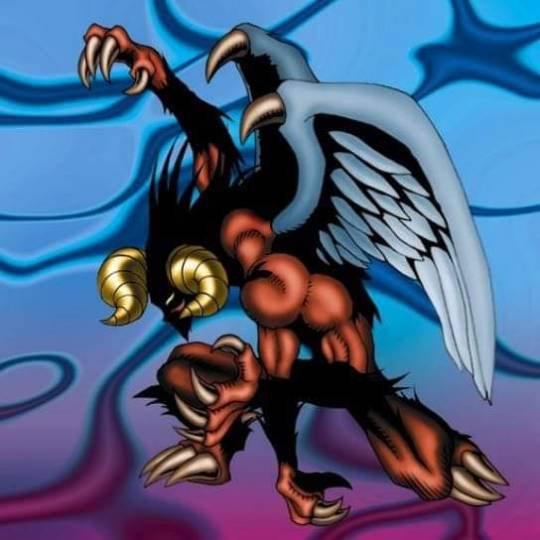#yugioh trading card game
Text
Did someone ask for more stickers? Well, here they are!
When it’s time to duel, don’t forget to bring your own Yu-Gi-Oh stickers! Available now on my Etsy.
Link below
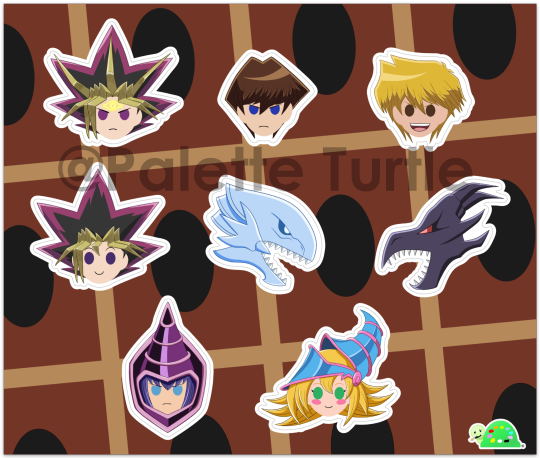
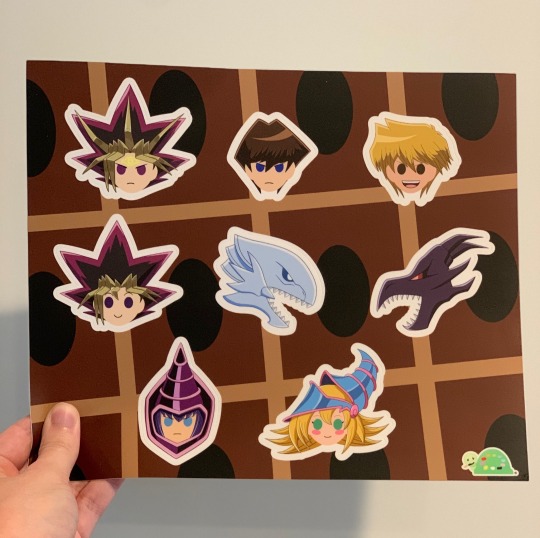
#yugioh#yugi moto#yugi mutou#yami yugi#dark yugi#yugioh atem#atem#seto kaiba#kaiba#joey wheeler#katsuya jonouchi#jonouchi#blue eyes white dragon#bewd#red eyes black dragon#rebd#dark magician#dark magician girl#yugioh cards#Yugioh trading card game#yugioh tcg#duel monsters#yugioh duel monsters#konami#ygo#anime#manga#stickers#Yugioh stickers#Etsy
14 notes
·
View notes
Text

Number C40: Gimmick Puppet of Dark Strings from Yu-Gi-Oh!
4 notes
·
View notes
Text
I've been comparing a lot of the Old Yugioh play style with the current lately - the current format being Links in Master Duel (I haven't checked Rush Duels unless Konami decides to update Master Duel with it's format, but regardless).
To be honest, I actually hate how geared the newest format is to summoning so much on the first turn, and then decimating the opponent with the cards in 3 turns. There's traps specifically designed to stop effects from the hand now, and I can admit it started with the era I'm a bit more familiar with, but my GOD it wasn't as bad as XYZ summoning, Pendulums and Links. With pendulums, at least there was a setback with using it -you had to give up two monsters in order for it to activate, and the rule change for links makes it so that you have to sacrifice two spots in your spell/trap zone in order for it to work. But even I can admit that's small potatoes to card advantage in general, and Links doesn't need to Pendulum summon to start insane combos. You NEED traps specifically designed to stop opponents from comboing right out of the gate, and I hate having to plan like that in general.
If the game requires me to have 'fun' by bringing along things that allows the other player to be stymied on the first turn, the game's no longer fun.
4 notes
·
View notes
Text
The Infinite Forbidden - Set List (SPOILERS!!)
Update 10/07/2024:
For the run up to release day, Konami have dropped an insight into the theme of The Infinite Forbidden, and it's all about the Millennium! We're getting some pretty powerful buffs for Millennium monsters with this set, and we're gonna run through some of the cards to look out for!

Sengenjin Wakes from a Millennium
This card is similar to other Millennium Monsters, and has an effect to place itself in a Spell & Trap zone! It can Special Summon itself from the Sacred Stone by paying 2000 LP or revealing the Millennium Ankh. It's a great card that can be placed in any deck that you want to summon Level 8 monsters in easily. You can also add 1 Millennium Monster from your deck to your hand upon Sengenjin's Special Summon.

Golem that Guards the Millennium Treasures
This card summons in the same way as Sengenjin, and can also be played outside its own deck to assist in summoning Level 6 monsters easily! Not only that, but a unique factor is that Millennium Ankh cannot be negated and you can also add Wedju Temple from your deck to your hand which is this deck's signature field spell!

Shield of the Millennium Dynasty
As before, you can pay 2000LP or reveal the Millennium Ankh to summon (a common theme here). Upon Special Summoning this card, you can add up to 1 Millennium Ankh to your hand. It cannot be destroyed by Spell or Trap effects and can be in the Spell & Trap zone as a face-up continuous spell! This is a great go-to when playing Sengenjin, as you can search for that all important Millennium Ankh card that will negate you spending your LP to summon your Monsters!

Maiden of the Millennium Moon
This card is great, she can summon herself when an Opponent activates a card or effect whilst she is a continuous spell (except during the Damage phase.) You can also Special Summon, and if you do - for the rest of the turn your opponent cannot target Level 5 or higher illusion or spellcaster monsters that you control with card effects. Also, if this card battles a monster, neither can be destroyed by battle!

Fiend Reflection of the Millennium
This card works similarly to Maiden of the Millennium Moon, except it has a great enhancement for you which happens when you Special Summon; you will gain equal LP to half the ATK of 1 Monster on the field, which is super important if you've used LP for summoning your Millennium Monsters.

Wedju Temple
Mentioned before with Golem that Guards the Millennium Treasures, this card allows you to place any monster from your hand into the Spell & Trap Zone as a face-up continuous spell, and place 1 Millennium Monster from your deck into your Spell & Trap zone as a face-up continuous spell. Also, if a face-up Millennium Monster you control is destroyed by battle or by a card effect, you can place it in your Spell & Trap Zone as a face-up continuous spell instead of sending to your Graveyard. This is fantastic for cycling your strategy!

Millennium Ankh
A crucial card to this deck, the Millennium Ankh allows you to summon Millennium Monsters with no cost to your LP, and much like Wedju Temple it also helps recycle cards to cycle through your strategy again and again. Most importantly, it unlocks the power of the Unstoppable Exodia Incarnate!

The Unstoppable Exodia Incarnate
We've briefly talked about the Unstoppable Exodia Incarnate in this blog, but to summarise what it's capable of: It's easy to summon with the Millennium Ankh, it can't be destroyed by opponent's card effects, it adds your strength to its own when it battles, it negates Spell & Trap card effects for nothing, you can also set 1 Exodd or Obliterate card during each phase to help keep you in the game and all for the small cost of 1000LP once per turn during Standby Phase! Wow!

Obliterate!!! Blaze
This card is impressive. Level 10 or higher monsters on the field with Exodia in its original name gains the effect; pay half LP and destroy as many cards in the Spell & Trap zone as possible, and equip 5 Forbidden One monsters from your hand and/or your deck to this card - each equipped Forbidden One monster gives 2000 ATK each (with a total of 10,000 ATK to be gained). It's worth noting you cannot activate other cards' effects for the rest of this turn. But we're not finished there, if this card attacks a Defence Position monster, you will inflict piercing battle damage to your opponent!

Exxod Fires of Rage
The last card we want to talk about is Exxod Fires of Rage. Basically, this is a killer card, literally. This card, always treated as an "Exodd or Obliterate!!! card", allows you to destroy all cards your opponent controls. If this card is in your GY, except the turn it was sent there, you can banish it to activate 1 of the following effects; Add 1 "Forbidden One" monster from your deck or GY to your hand, or Shuffle up to 5 "Forbidden One" monsters from your GY and/or banishment into your deck. You can only use each effect once per turn.
To summarise, we think that this Millennium theme is going to dominate the YuGiOh scene, punishing opponents for even looking at you wrong! The Infinite Forbidden releases on August 17th in OTS stores, and August 19th officially! If you want to check out the card reveals, click the button below to jump straight there!Jump to Card Previews
Original: 11/06/2024
Releasing in July, The Infinite Forbidden is next in line for Yu-Gi-Oh!'s main sets and boy is it a big one! This set has a little bit of everything for everyone in, no matter if you're a competitive player or merely a collector. With the set having released in Japan at the back-end of April, we've gotten a glimpse of what to expect when The Infinite Forbidden hits UK shelves!
We can see that the folks over at Konami are still celebrating the 25th anniversary of this beloved TCG, with Quarter Century Secret Rares finding their way into booster packs left right and centre. That isn't stopping any time soon! A standout card from this set is Dragon of Pride and Soul; a Quarter Century Secret Rare that's so desirable it may as well be the One Ring! Centring itself around the number 25, this 2500/2500 monster can only be Special Summoned from your hand whilst your opponent has 25 or more cards in their graveyard. If you have 25 or more cards in your graveyard, this card gains 2500 ATK/DEF! What makes this card so sought-after is that you will only find it as a Quarter Century Secret Rare. So, you guessed it, its pretty rare!
Not only that, but The Infinite Forbidden includes a familiar face...if you were to assume that this set would include the one, the only, Exodia - then you'd be correct! The pack art is not just a gimmick, as within The Infinite Forbidden you can find "The Unstoppable Exodia Incarnate", a powerful card that can't be destroyed by your opponent's card effects and it can gain ATK equal to your current Life Points once per turn (if it battles, during damage calculation)! Not only that, but when a Spell/Trap card or effect is activated (Quick Effect) you can negate the activation. Oh you thought we were done? Oh no. Once per turn, during the End Phase, you can Set 1 "Exodo" Spell/Trap or 1 "Obliterate!!!" directly from your Deck! Wow, what a card. The only downside to this is you'll lose 1000 LP during your Standby Phase once per turn. But, to wield such a power would always come at a cost, so it's up to you whether you'd want to play this card and take the risk!
The Infinite Forbidden is available to pre-order now for £59.95 per booster box, so be sure to get your pre-orders secured in time for release! Check out the Japanese reveals down below, and keep your eyes peeled for the English cards to follow very soon...
#yugioh#the infinite forbidden#exodia#exodia obliterate#new cards#news#total cards#we love gaming#yugioh trading card game#tcg
1 note
·
View note
Text

#yugioh#yu gi oh#egypt#ancient egypt#egyptian#egyptology#obelisk#obelisk the tormentor#slifer the sky dragon#winged dragon of ra#egyptian gods#egyptian god cards#90s#classic#vintage#2000s#trading cards#trading card games#cards#card games#90s nostalgia#2000s nostalgia#1990s nostalgia#nostalgia#nostalgic
209 notes
·
View notes
Text
I don't know if this is a hot take or not
Proxy cards in games like MTG shouldn't be seen as a problem and you shouldn't need a copy of the official card to use them
As long as the card has the right dimensions and thickness to fit into a deck of normal cards without standing out, there's literally no reason you can't just have that
Hell, in middle school, my friends and I would print out pictures of cards we wanted and slip them into a sleeve with a random land card or token and it worked FINE
The game play still works perfectly normal, the only possible effects are that you have more interesting looking cards and the game is less pay-to-win
The idea that you have to have the official card from WOTC itself at all is completely illogical
#magic: the gathering#magic the gathering#mtg#trading card games#tcg#yugioh#pokemon card game#other such nerdy nonsense
317 notes
·
View notes
Text
Game Spotlight #16: Yu-Gi-Oh! Dark Duel Stories (2000)

Just in time to celebrate its upcoming release as part of Yu-Gi-Oh! The Early Years compilation, Ash takes a look at the very first title in the series released in the west with Dark Duel Stories, a quirky little game that remains surprisingly playable to this day. Come take a quick look at the game to know what you're in for when The Early Years releases later this year!
Yu-Gi-Oh! is a series that Larsa and I have a lot of affection and nostalgia for. Once upon a time we were even avid players of the physical card game (Larsa to much greater competitive success than I), and we've kept up with the series in all its various forms for most of our lives now. Binging the notoriously campy and hilarious English dub of the anime together was one of the first things we did as a couple, and when we started Acquired-Stardust it was a no-brainer to create some content in tribute to the series. That content even went on to become some of our most popular posts, so the series holds a special place in our hearts as well as in the history of the blog.
It's a fascinating series that has taken on a lot of different forms throughout the years and you might be surprised to learn that the iconic physical card game, now mostly known for its incredibly long first-turn combo plays that determine who wins and loses before you're even able to do much playing, wasn't even the original hook of the series. Yu-Gi-Oh! began life as a manga by the late Kazuki Takahashi, the story of a high school boy possessed by an ancient spirit that would punish Domino City's many bullies and thugs through the power of Shadow Games, dishing out Twilight Zone-esque ironic punishments to them, with the signature card game the series is so synonymous with only being played a total of twice in the first 60 chapters before becoming the main focus with the Duelest Kingdom arc which the anime most western fans are familiar is based on. It was a shockingly dark and violent manga especially compared to the camp that the series is more well known for.
Just as well, the physical real-world card game itself has undergone radical shifts in mechanics and formats over the years since its 1999 introduction, and the result is a series that means something different to everyone. If you poll a hundred people, odds are they'll all have a different bit of the franchise as their favorite and consider a different era to be its peak. Larsa and I are personally most fond of the early years of the series, and so playing some of the video games set in that awkward 'wild west, anything goes' time when they were learning and experimenting with exactly what they wanted the card game to be was a pretty intriguing prospect.

And make no mistake about it - Yu-Gi-Oh! Dark Duel Stories is very much in that early feeling-out period. So early in fact it released a mere two days before the Playstation classic Forbidden Memories and eleven days after the debut of the physical card game in America. Dark Duel Stories may have been the first Yu-Gi-Oh! game released in the west, but it's actually the third game in a Gameboy-specific series of Yu-Gi-Oh! titles (and has had its name swapped with its predecessor - whereas Dark Duel Stories is the name of the second title in Japan, this game was originally titled Tri-Holy God Advent in Japan). This series follows what I'll be calling the Gameboy Format for the game for the purpose of this piece, and for the most part it faithfully recreates the base mechanics of the physical card game (which we're assuming you have at least some level of familiarity with, but if not actually playing Dark Duel Stories yourself is a fine way to learn) with a number of key differences.
The first important difference in the Gameboy Format is its de-emphasis, but not total elimination, of Effect Monsters, Traps and Magic cards. Decks consist of a mandatory total of 40 cards, each with their own cost and level limit associated with them. Monster cards will make up the bulk of decks due to their low costs compared to the very costly Magic and Trap cards, necessitating clever usage of the game's largely weak lineup of Monster cards. Facilitating this is the biggest key difference between the traditional physical card game and the Gameboy Format in the much larger emphasis it places on the elemental typing of Monster cards, more inspired by the original manga's version of the card game. Each monster card in the game has an element associated with it (a total of eleven elements exist in the game), with the elements following a rock-paper-scissors sort of mechanic not unlike Pokemon that sees elements strong against one another (such as Water being strong against Fire) be able to inflict increased damage on their opposing element. Unlike Pokemon however, Yu-Gi-Oh's Gameboy Format sees Monster cards of an element weak to its diametrically opposed element outright destroyed before inflicting any potential lifepoint damage to players.

While this can (and will) lead to asinine scenarios in which the iconic Blue Eyes White Dragon card is destroyed by the meager Kuriboh, it adds an interesting layer of strategy to the game that goes beyond simply loading decks with the most powerful cards obtainable. It also stands in stark contrast to the physical card game in which setting up unbeatable scenarios with very little counterplay outside of hyper-specific scenarios on the first turn has become a hallmark.
Another aspect of the Gameboy Format that differs from the physical card game is the lack of Polymerization, a Magic card that enables the fusion of Monsters into a new and more powerful creature. While the Polymerization card is missing the fusion mechanic itself remains, relegated to an entirely unexplained process in which the player can attempt to combine any two monsters to potentially result in a successful fusion with getting the formula incorrect resulting in the first card being replaced by the second. It's small touches like this and the unique elemental system that promote a lot of experimentation and make sure that every Monster card has a potential use regardless of how weak they are statistically.

Players are given a deck of cards to start with and tasked with defeating three tiers of opponents, all of whom being an iconic characters from the manga and anime, five times each. Defeating opponents will earn the player more cards and card parts (more on this in a moment), as well as raising the deck level and cost limitations imposed on the player slowly but surely. There are a total of 800 obtainable cards in the game which can also be acquired through the usage of the Password system that allows players to add one of each card to their collection through entering the corresponding password associated with them. The Password system also allows players to unlock the game's hidden bosses as well as enabling additional post-duel drops indefinitely.
The game's main hook is its allowing of the player to create custom cards through combination of obtained card parts, with players able to combine top and bottom halves of original Monster cards in all sorts of ways that change their attack and defense values, elements, names and appearances. It's a small gimmick that the player is not necessarily required to interact with by any means but does help immerse you in the series by allowing you to create your own unique signature cards.
The end result of Dark Duel Stories' gameplay loop and format is a game that is perfectly suited for its handheld platform in all the best and worst ways. Its small, almost bite-sized duels go by rather quickly and painlessly but obtaining cards without the use of Passwords is a grind-heavy experience that leaves the player completely at the mercy of random chance. The costs associated with constructing decks can feel stifling at first but forces you to engage with the game and appreciate some of its eccentricities like the elemental system, and makes finally being able to include higher-value cards feel like the major upgrade in power that it really is.
It's a perfect fit with the Gameboy Color that allows you to sink however much time you want into it, grinding away to raise your level and cost limits or obtain cards on long road trips or just spending a few minutes beating Joey Wheeler or Seto Kaiba one more time.

Another strong aspect of the game is its art, faithfully adapting 800 cards from the game's early era to the Gameboy Color with a lot of success. Opposing duelists are also particularly strongly adapted, including a lot of (but unfortunately not all) the iconic characters one would expect to find in the game in impressive detail all without an over-reliance on digitizing existing artwork from the manga's original artist. The beautiful pixel art splash screens after selecting an opponent hold up extremely well and have my vote for some of the best visuals on the platform.
Not quite as strong is the sound, with songs being inoffensive and not super memorable but certainly serviceable - you won't be muting the game to protect your ears or anything, but turning on your own music instead might help with some of the grind if you're wanting to invest bigger chunks of time into obtaining Dark Duel Stories' large amount of cards or raising the limits imposed on your deck.
A small touch I greatly appreciated was the lack of manual saving, with Dark Duel Stories featuring a reliable autosave that happens after every duel, making rematching or putting the game down both a painless experience. One particular annoyance is the lack of a search function in the card library, so it's helpful to keep a guide on hand to reference individual card numbers you might be looking for rather than having to scroll through 800 cards manually.
While it's not a perfect game by any means, Dark Duel Stories remains a very fun and addictive time capsule of an era of the game now decades past and comes at an extremely early point in the existence of the physical card game and series at large. There's a lot of charm and a deceptive amount of depth to hook new and old players alike, and the gameplay remains smooth and fast all these years later despite obvious platform limitations.
It even allows players to link two Gameboy systems to duel or trade, though this will be less attractive a feature to people playing the game via emulation on PC which typically lacks the capabilities necessary for multiplayer functions. Original manga author Kazuki Takahashi constantly designed little games that appeared in the backs of compiled volumes of the manga, most often played with dice, and it's not surprising that he'd also come up with a very fun card game too even if this wasn't exactly the format we'd come to know in the years after the release of Dark Duel Stories.
A gem hidden among the stones, Yu-Gi-Oh! Dark Duel Stories is undoubtedly stardust.
-- Ash
#gaming#video games#retro gaming#yu gi oh#nostalgia#90s#1990s#yugioh#ygo#ygo dm#yugioh dm#games writing#game review#game recommendations#kazuki takahashi#konami#dark duel stories#game spotlights#written post#writing#writing about games#nintendo#gameboy#game boy#gameboy color#game boy color#long reads#tcg#trading card games#early days collection
35 notes
·
View notes
Text

Silent Magician
50 notes
·
View notes
Text

62 notes
·
View notes
Text

Never forget the time when he was so devoted to Atem that he PORTED HIMSELF OVER TO A DIFFERENT GAME.
#Between this blatant plot contrivance and him literally sacrificing his own life during battle city I have come to the conclusion that he#Does not Care and is too powerful to Care about the rules of both games and reality when he has the chance to Protect#sealshipping#loyaltyshipping#< one possibility <3 but otherwise is also good#mahaad yugioh#priest mahad#mahaad ygo#mahad#dark magician#Genuinely so obsessed with this trading card man#He has FEELINGS
101 notes
·
View notes
Text
#please upvote and support this card game idea#how do we make this happen#epic the musical#card games#trading cards#yugioh#pokemon#collectibles#jorge rivera herrans#the odyssey#greek mythology#game idea
26 notes
·
View notes
Text
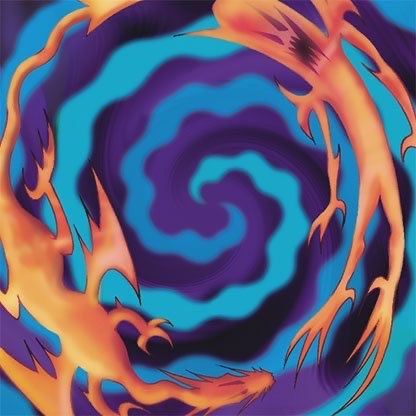
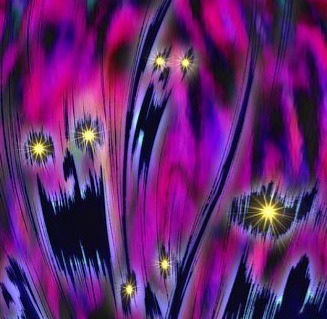

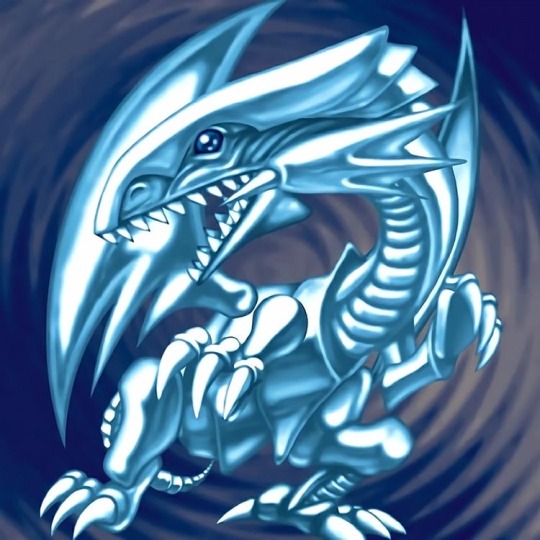

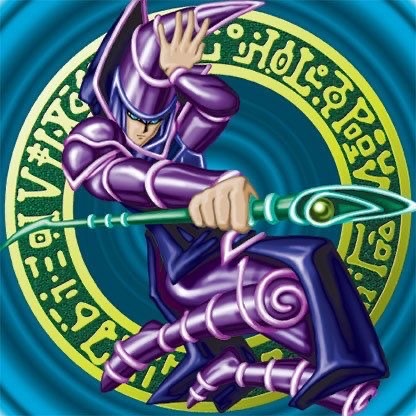
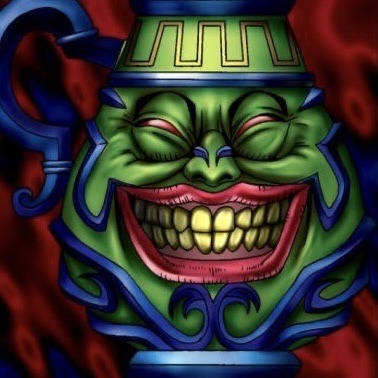

169 notes
·
View notes
Text


Yugi Drawing Cards (but not in the way you might expect)
#artwork#digital art#drawing#artists on tumblr#illustration#art on tumblr#art#artist#fanart#ygo#ygo dm#ygo fanart#yugi#yugi mutou#yugioh#Egyptian god cards#fan art#anime fanart#card games#trading card games
21 notes
·
View notes
Photo

Single cards are now available from Monstrous Revenge!! Just check out that Zeus!!!
#yugioh#yu-gi-oh#Yu-Gi-Oh!#monstrous revenge#battles of legends#yugioh trading card game#tcg#total cards#yugi muto#yami yugi#reiko kitamori#mendo cino#seika kohinata#brron#mad king of dark world#chazz princeton#jesse anderson#jaden yuki#axel brodie#yusei fudo#crow hogan#akiza izinski#the skeleton knight#kaito tenjo#captain corn#cologne#hishakaku#kyoji yagumo#dr faker#number 96
0 notes
Text

#sonicasura#my polls#yugioh#yu gi oh#pokemon#pokemon pocket monsters#digimon#digimon digital monsters#one piece#one piece trading card game#kaijudo#kaijudo rise of the duel masters#chaotic#chaotic the trading card game#chaotic tcg#spectrobes#spectrobes tcg#megaman#megaman battle network#yugioh duel monsters
15 notes
·
View notes
